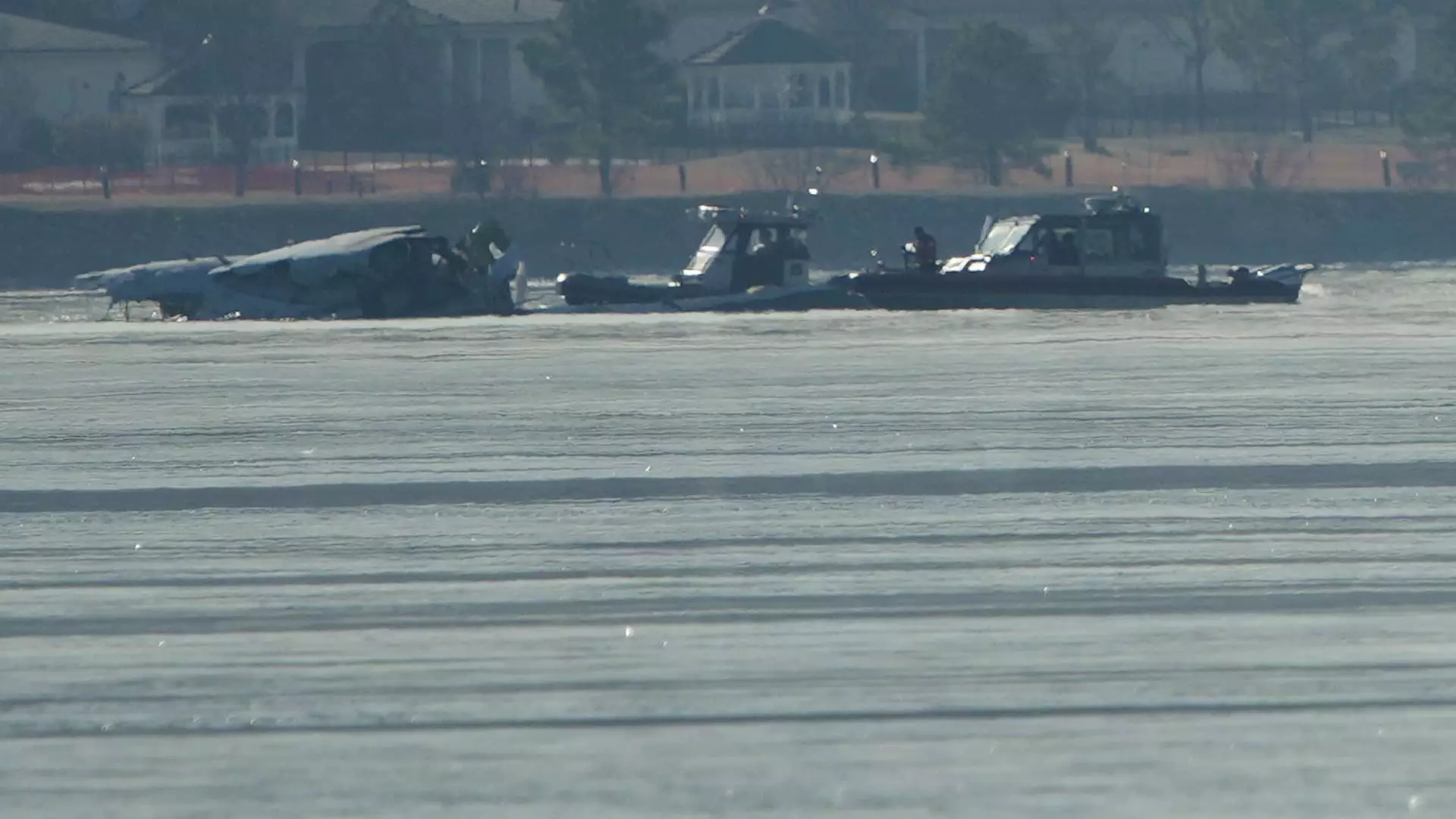On a tragic evening that sent shockwaves through the aviation community, an American Airlines regional jet collided with a military Black Hawk helicopter just before 9 p.m. ET near Reagan National Airport in Washington, D.C. This catastrophic event has become the deadliest commercial air disaster in the United States since 2001, ultimately raising significant concerns regarding air traffic management systems currently in place. With all onboard—the regional jet carrying 60 passengers and a crew of four, as well as three individuals in the helicopter—confirmed dead, the gravity of the situation cannot be overstated. Hazards such as these force us to rethink how we manage increasingly congested airspace in key regions.
A Pattern of Near Misses
The recent collision was not an isolated incident, but rather a troubling manifestation of a worrying trend in American aviation. Close calls between commercial flights and other aircraft have been reported more frequently in recent years. For example, an incident in April involving a JetBlue Airways flight nearly colliding with a Southwest Airlines plane during takeoff at Reagan National Airport has raised further alarms. The frequency of these incidents has led not only to heightened anxiety among airline executives but has also become a critical topic of discussion among regulators and lawmakers. It is clear that these near misses have escalated fears regarding the current air traffic control protocols, yet a full investigation into the recent crash may take an extended duration—potentially months or longer.
The Call for Modernization
Despite recent advancements in aviation safety, airline executives are increasingly voicing their concerns about the aging infrastructure of U.S. air traffic control systems. Southwest Airlines CEO Bob Jordan echoed these sentiments during an interview on CNBC after the disaster, asserting that the need for modernization has been pressing for “literally decades.” Without substantial upgrades and increased staffing in air traffic control, the risk associated with air travel could remain unacceptably high. Major airports like Ronald Reagan Washington National Airport—the busiest in the United States by traffic—underscore the urgency for action, as they cater to overwhelming numbers of flights daily.
This tragic incident serves as a stark reminder of the vulnerabilities within the American aviation system. While officials have refrained from placing direct blame on air traffic control for the accident, the underlying issues of congestion and an outdated infrastructure are undeniable elements of the conversation. As investigators begin their work to uncover the specific causes of this devastating crash, stakeholders in the aviation industry must prioritize reforms to avert future tragedies. Ensuring the safety of air travel requires a collective commitment to address these systemic flaws before they culminate in further tragedies.

